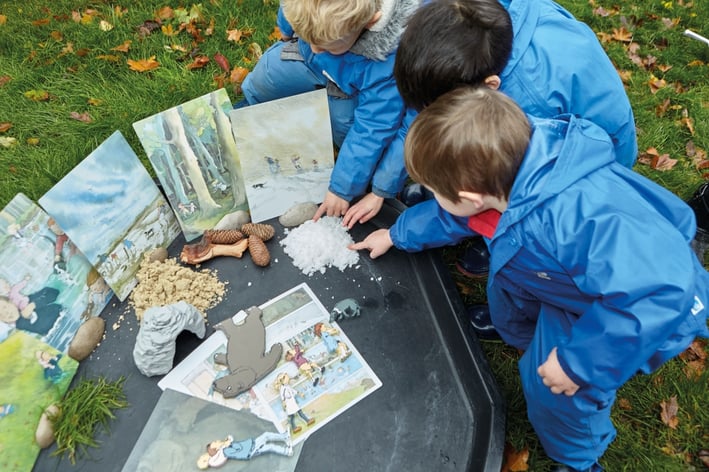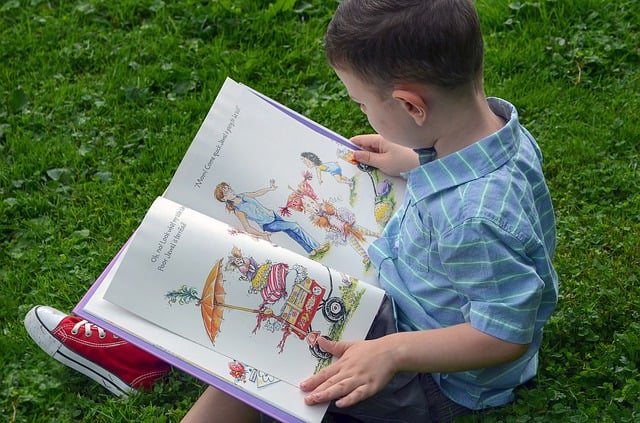What is ‘Developing the Complexity of Learning Resources’?
Simply put, it is the ability to add elements to an existing activity type or resource, to increase the
learning that children gain from performing that activity or interacting with that resource.
Why is it important?
Learning and development for young children is both rapid and cumulative, continuously laying a
foundation for later learning. Even in the earliest years (under 5yrs), children are starting to learn
about their world in sophisticated ways that are not always reflected in their outward behaviour.
The learning environment and learning resources act as stimuli for the curious and developing child.
Resources must be continually developed in complexity to provide fresh learning experiences and
extend and build on existing knowledge.
In this short guide, we will focus on the transition-to-school age (4.5-5yrs).

What’s an example of Developing Complexity of Learning Resources?
An easily understood example is with reading. A typical reading activity might involve a teacher
reading a large picture book a group of children. Within this simple activity, there are many
opportunities for learning and cognitive development. Listening, reading comprehension, narrative
and sequencing are all examples of cognitive skills that can be learnt through group reading.
However, if additional resources are introduced to this reading activity, such as acting out the
story with small world play resources or asking children to invent an alternate ending to the story,
more complex learning outcomes can be achieved.
Combining group reading with small world play allows preschool-age children to ‘act out’ the
sequences in the story, allowing a deeper understanding of sequencing within the story. Asking children
to invent an alternate ending encourages to relate the story to their reality, or to talk about ideas and
future events – this is basic abstract thinking/understanding. To extend this further, teachers could then
ask children to draw, paint, or construct this alternate ending.

What Curriculum areas, or areas of play can I develop the complexity
of my resources in?
The most common areas this is applied are:
Reading & Literacy
Early Mathematics
Discovery & Science
However, extending the complexity of your learning resources will benefit children across all
areas of play and learning. Consider carpentry, gross and fine motor equipment, construction and
block play, music and other curriculum areas as well.
I’m interested. How can I explore this topic further?
Our August weekly emails will dive deeper into developing complexity in your resources,
and how this helps children learn more. This blog will be updated with new information weekly.
If you’d like to discuss this topic with a Play’n’Learn consultant, you can book a time here.



